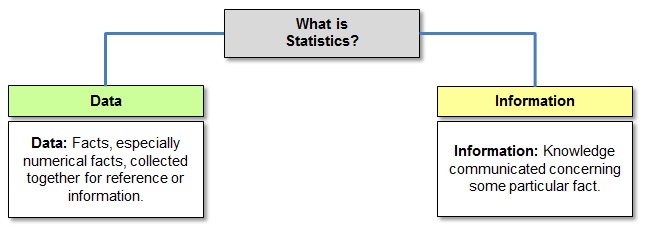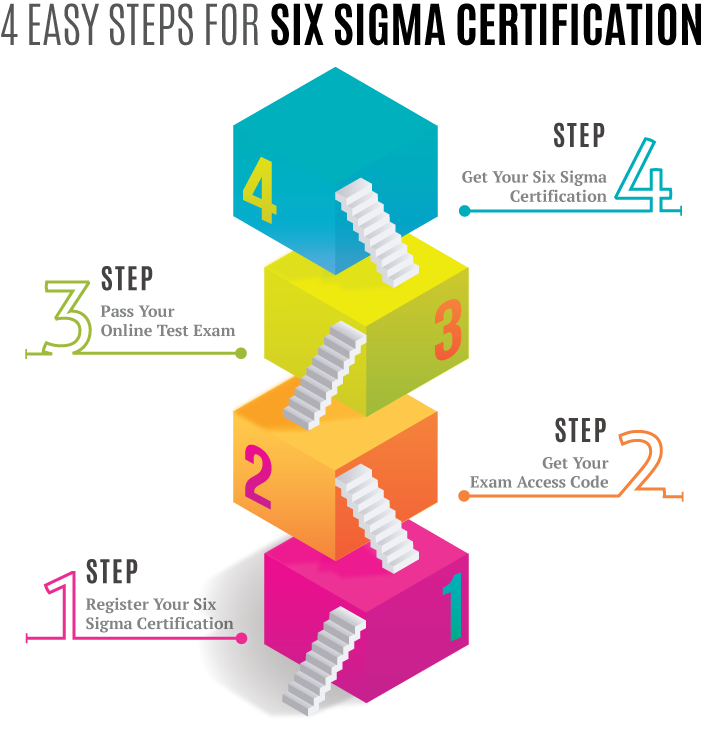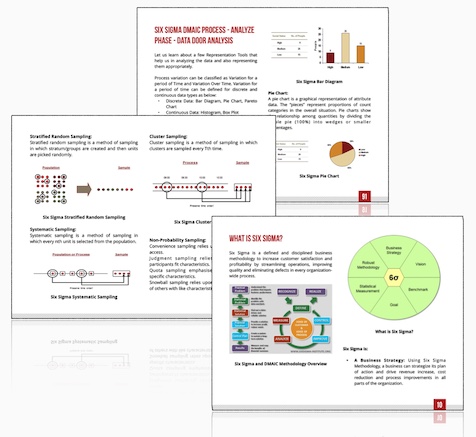What is Statistics?
In today’s world, we are constantly being bombarded with statistics and statistical information.
For example: Customer Surveys, Transactional Data, Marketing Information, Personal Information, among others.
Key questions to answer are:
How can we make sense out of all this data?
How do we differentiate valid from flawed claims?
Let’s take a scenario where you are working with a computer manufacturing organization and want to measure customer’s satisfaction score for the purchased product. You have kept the target for satisfaction as 80%, and the result of the first thousand surveys is 82%. Have you really achieve customer satisfaction with this result? On doing statistical analysis, you may find your mean survey performance may be 82%, however, the variation within the survey questions is very high i.e. there are many customers who may have rated low on the survey questions (specifically for the product) and would have also not liked the product. Thus, even if you considered 82% as an achieved score for customer satisfaction, your product may not likely survive in the market for long.
Thus, knowing only some arbitrary measurements within or outside Specification Limits doesn’t prove much about the real performance and quality. However, only statistics can reveal here the performance and quality and this is why Six Sigma is great, powerful and better than other gut-feeling oriented improvement methodologies.
So, what is statistics then? Statistics is a way to get reliable information from data.

What is Statistics?
Statistics is a tool for creating new understanding from a set of numbers. Statistics can be better understood under two branches:
- Descriptive Statistics
- Inferential Statistics
 SIXSIGMA INSTITUTE™
SIXSIGMA INSTITUTE™



